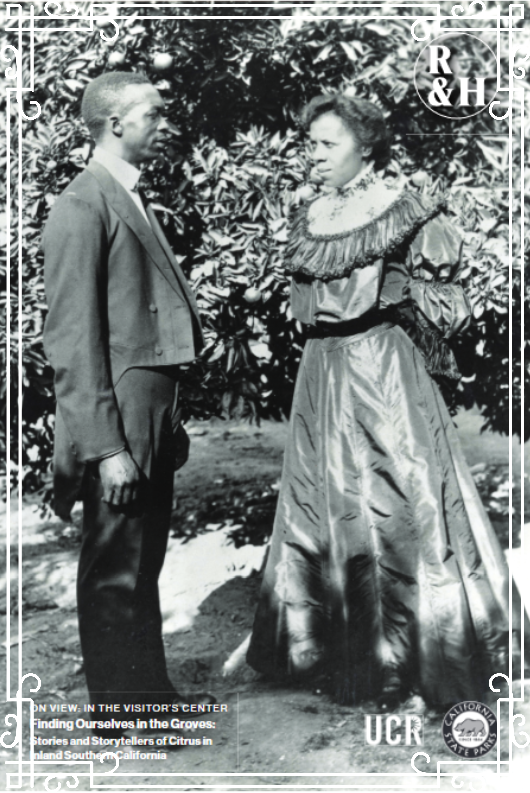Innovative Approaches to Increasing Park Access – Part 1

Our connection with nature is as diverse as the California landscapes and our people. At Parks California, we believe entry points to nature vary from person to person. This means that ensuring parks are seen as parks for all is critical to the well-being of our park system.
Combining 280 park units and a 156-year history, California State Parks has pioneered programs for the benefit of all Californians. The hope is that these programs present meaningful connections to nature and a deeper understanding of shared history. Today, as our country grapples with fundamental questions about equity and injustice, we spotlight three programs that work to make visits to California state parks a more inclusive and relevant experience for all.
- Relevancy and History Project: We are often drawn to stories, but for many people of color, they do not see their stories reflected in public spaces. To address this, State Parks launched the Relevancy and History Project driven by the Transformation Team, to research untold stories from our state parks.
By telling additional stories in parks, new communities are validated and engaged as stakeholders to help restructure the narrative of a public space.
Learn more at California Sweet N Sour Citrus and the Santa Barbara Trust for Historic Preservation websites. - Development of new and revitalized parks: Community access to nearby nature is scientifically proven to create a positive change to community members’ mental and physical health. In many cases, communities become closer and safer when green space is available within walking distance. The Office of Community Involvement’s Statewide Park Development and Community Revitalization Program has made it a priority to connect with communities about their needs as new or revitalized public spaces are developed. Meeting people where they are—their community hubs—welcomes conversation and trust. State Parks’ approach changes the norm, helping to ensure park bond funds lead with equity to develop public spaces that are open and welcoming to all.

Postcard for the exhibition, Finding Ourselves in the Groves: Stories and Storytellers of Citrus in Inland Southern California (2018) featuring Reverend William G. and Elizabeth Boswell Goodwin, posed in a Riverside citrus grove for their formal portrait (c. 1895)
- Community Liaison Program: Taking the successes of the Promotora (health liaison) model, the Los Angeles State Historic Park (LASHP) launched the PromotorX program where parks became the nucleus of local community conversation. Promotora are trained park advocates who serve as liaisons between their communities, local schools and LASHP. LASHP serves as a gateway experience to the greater California State Park System, and this community liaison program brokers dialogue by building peer-to-peer trust and informing culturally relevant programs in LASHP and other nearby parks. Although many residents are hesitant to trust official institutions, a trusted community source like the Promotora liaison can bring credibility and build relationships.

Pictured above is the Promotrx group who are gathered for a safe and social distant walk at LASHP.
We often think of parks just as places and may sometimes forget the human and ecological connection. Some people find their entry point to parks via recreation, and others may find it through history or stewardship. The programs and initiatives described above reflect the importance of recognizing the different connections and entry points people have to parks, and one thing is true: Our state parks bring people and places together to create memorable experiences.
